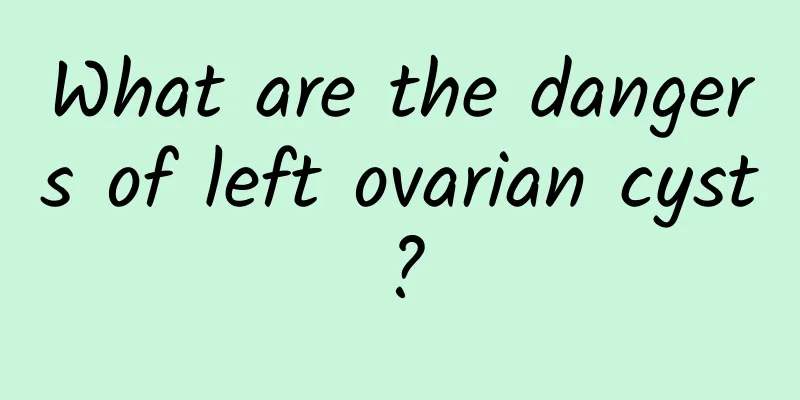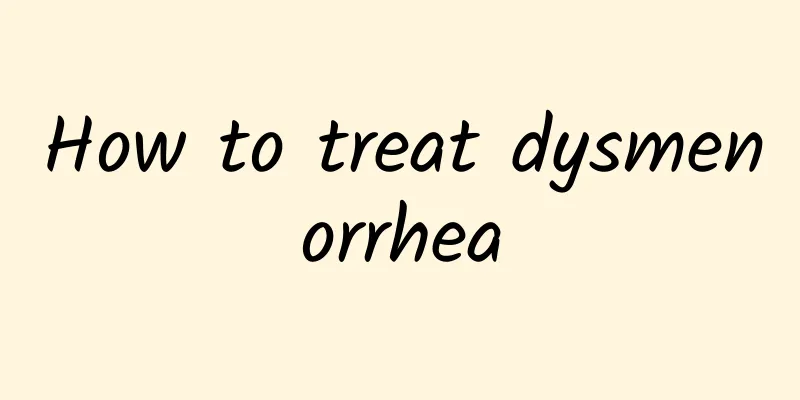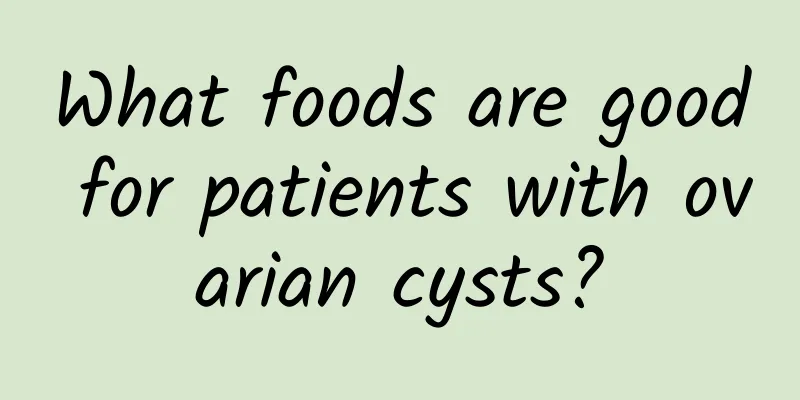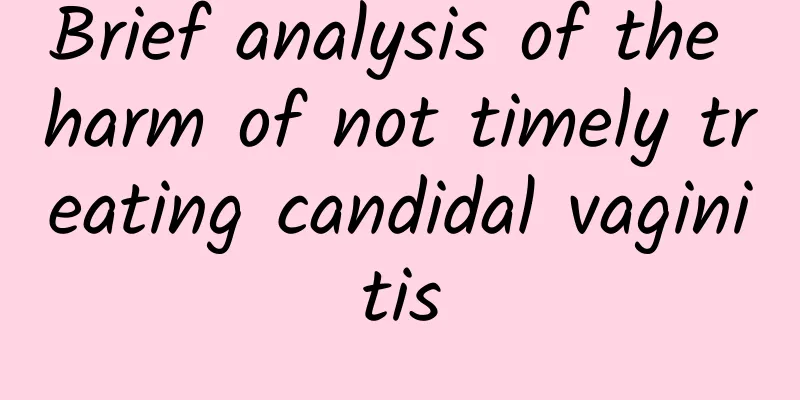What are the dangers of left ovarian cyst?

|
To put it simply and intuitively, "ovarian cyst" refers to a mass inside or on the surface of the ovary. The symptoms of ovarian cysts are usually liquid, sometimes solid, or a mixture of liquid and solid. Ovarian cysts are usually small, about the size of a pea or cashew, and some cysts grow like a softball or even larger. So, what are the dangers of left ovarian cysts? What should I do? Although the ovaries are small, they are important organs that produce eggs and ovulate, secrete endocrine hormones, and balance endocrine secretions. Ovarian tumors often occur during the reproductive age when endocrine secretions are active. Clinically, the basic pathological and physiological changes of many patients with ovarian cysts and polycystic ovary syndrome are that the ovaries produce too much androgen, and the excessive production of androgen is the result of the synergistic effects of the abnormal functions of multiple endocrine systems in the body. If the tumor has no complications, there is very little pain. Patients with ovarian tumors feel abdominal pain, especially when it occurs suddenly, which is often caused by the twisting of the tumor pedicle, or occasionally by tumor rupture, bleeding or infection. Malignant cysts often cause abdominal pain and leg pain, and the pain often causes patients to seek emergency treatment. There are several other medications that can treat ovarian cysts: Meixiaodan Hongjinxiaojie Tablets are mainly used to soothe the liver and regulate qi, promote blood circulation and remove blood stasis, and relieve swelling and pain. They are used for breast lobular hyperplasia, uterine fibroids, and ovarian cysts caused by qi stagnation and blood stasis. Hongjin Xiaojie Concentrated Pills can soothe the liver and regulate qi, soften and disperse nodules, promote blood circulation and remove blood stasis, reduce swelling and relieve pain. It is commonly used for breast lobular hyperplasia, uterine fibroids, and ovarian cysts caused by qi stagnation and blood stasis. Guizhi Fuling Capsule is a compound preparation made from five traditional Chinese medicines: cinnamon twig, tuckahoe, peony bark, peach kernel, and peony root. It is suitable for endometriosis, chronic pelvic inflammatory disease, uterine fibroids, dysmenorrhea, amenorrhea, ovarian cysts, breast hyperplasia, prostate hyperplasia, urology, breast surgery, and obstetrics and gynecology. |
<<: What are the specific hazards of premature ovarian failure?
>>: What are the symptoms of pelvic inflammatory effusion?
Recommend
Life expectancy for severe cervical precancer
Cervical precancerous lesions are highly aggressi...
How to treat cervical erosion after abortion? These methods are very effective in treating cervical erosion.
Nowadays, there are a lot of women who choose abo...
How much does painless induced abortion cost?
How much does an induced abortion cost? The cost ...
What are the ways to relieve dysmenorrhea in daily life?
Dysmenorrhea is a common disease among women, and...
How to judge miscarriage? Judging from these aspects
To determine whether there is a miscarriage, firs...
Overeating during the Mid-Autumn Festival can spoil the fun by causing inflammation of the tooth nerve
Recently, reservations for Mid-Autumn Festival ba...
What to use for vaginal inflammation
What to use for vaginal inflammation Different ty...
Pay attention to these after artificial abortion
Termination of pregnancy by artificial or medical...
Does exercising on an empty stomach hinder weight loss? Or will it help with weight loss?
In order to maintain good body shape, it is not o...
Dietary precautions for patients with cervical precancerous lesions
Dietary conditioning for cervical precancer lesio...
Can women in menopause still get pregnant? Pay attention to protecting yourself during this stage
Women in menopause can still get pregnant. When w...
What to do with back pain during menstruation
What to do if you have lower back pain during men...
How long is the interval between medical abortions?
If a woman wants to continue to have medical abor...
The rainy season is hot and humid! Wu Mingzhu: Drinking Si Shen Soup can dispel dampness and strengthen the spleen
The hot summer of May is accompanied by the rainy...
What are the causes of vulvar leukoplakia?
What are the causes of vulvar leukoplakia? How mu...









